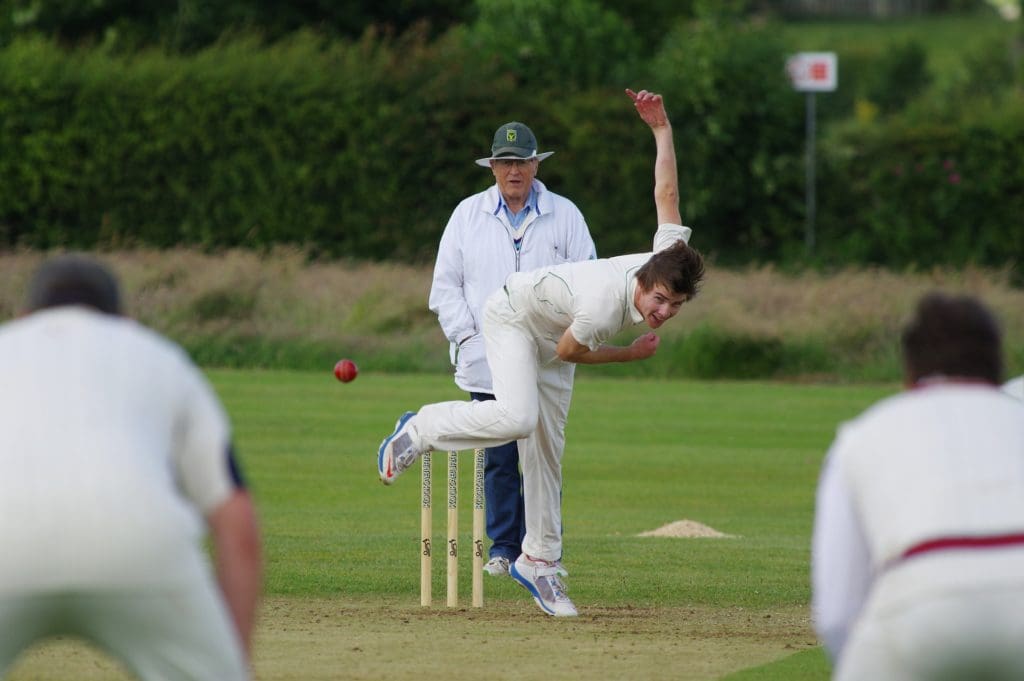The summer of cricket has been an exciting one, and if you’re involved in the game you’ve probably seen and played lots of cricket by now!
Cricket is played globally and is the second-most popular spectated sport behind football (also known as soccer in Australia – sorry AFL and rugby fans!).
Cricket is quite a unique sport which is played across three main formats at a semi-professional and professional level – T20, one-day and test matches. T20 is the shortest format of cricket, and involves up to 20 overs (six balls per over) bowled by each team, compared to one-day matches where each team could bowl up to 50 overs each. Test matches are the longest format and can last five days with each team batting twice and 90 overs bowled each day.
The variety of different match formats, and a range of skills needed (running, throwing, catching, bowling, batting, jumping etc) can increase a person’s risk of overuse and impact injuries.

Injuries were most commonly sustained by bowlers (41.3%), followed by fielders and wicket keepers (28.6%). Injuries were more commonly reported at the start of the cricket season.
Players less than 24 years old were found more likely to sustain an overuse and bowling related injury, compared to an older or more experienced player.
Injuries to the lower body accounted for approximately 49.8% of all total injuries, followed by the back (22.8%), upper body (23.3%) and neck (4.1%) areas. The most common injuries sustained in cricket are:
Involvement and communication between your health professional and coach staffing is very important to minimise risk of injury and for the management following an injury. A Physiotherapist will be able to assist to identify potential contributing factors that may increase your risk of injury and implement appropriate strategies to address these factors.
Strategies may include:
For further information on preventing and managing cricket related injuries please contact us. Our team of expert health professionals at Move for Better Health will be able to assist in developing a management plan to support your sporting goals.
Arora, M, Shetty, S & Dhillon, M 2015, ‘The shoulder in cricket: what’s causing all the painful shoulders?’, Journal of Arthroscopy and Joint Surgery, vol. 2, no. 2, pp. 57-61.
Dinshaw, P, Rao, N & Varshney, A 2018, ‘Injuries in cricket’, Sports Health, vol. 10, no. 3, pp. 217-222.
Orchard, J, Blanch, P, Paoloni, J, Kountouris, A, Sims, K, Orchard, J & Brukner, P 2015, ‘Cricket fast bowling workload patterns as risk factors for tendon, muscle, bone and joint injuries’, British Journal of Sports Medicine, vol. 49, no. 16, pp. 1-6.
Are you over 50? Now is the time to start thinking about falls prevention for when you...Read More
The concept of the ‘Centenarian Olympics’ involves training and preparing yourself to achieve an active and independent...Read More
Our team of allied health practitioners understand that optimising your health over the life span can be...Read More

